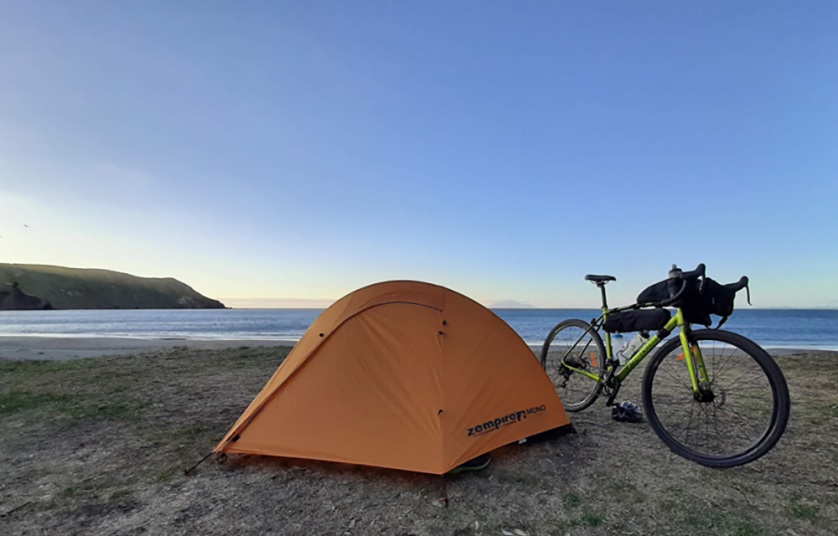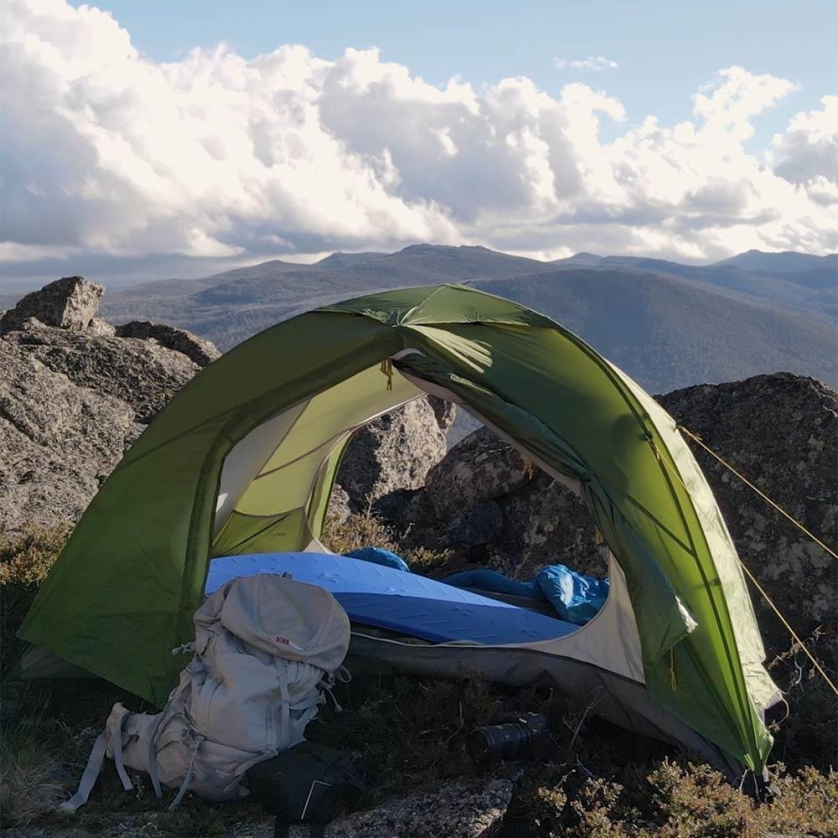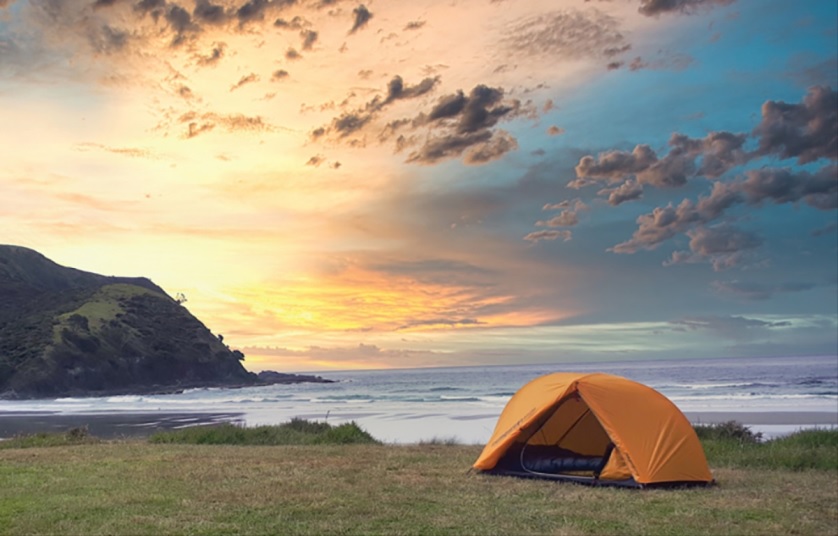Getting ready to hit the trails? There’s nothing like spending time outdoors to recharge your batteries. Hiking is a fantastic outdoor activity that allows you to connect with nature and escape the hustle and bustle of daily life. However, to fully enjoy the outdoor experience, you need to have the proper equipment. One essential piece of gear for any hiking adventure is a reliable hiking tent.
The right tent can make a significant difference in your overall camping experience, providing shelter, comfort, and protection from the elements. Let’s explore various aspects of hiking tents, including their size, features, seasonality, comfort, setting up, and packing.
Contents
What Size Tent is Best for Hiking?

Selecting the right tent size is crucial for a comfortable and enjoyable hiking experience. When considering tent size, you need to think about the number of occupants and the gear you’ll be bringing along. Tents are typically categorized by their capacity, ranging from one-person tents to larger family-sized options. With the right-sized tent hiking will be certainly better.
Solo Tents
These small hiking tents are ideal for solo hikers who value lightweight and compact gear. They generally have minimal space for one person and only the necessary gear. You will find them quick and easy to set up and pack.
Two-Person Tents
If you have company on your trip, then the logical choice is a lightweight hiking tent for two. It is also suitable for solo hikers who want more space. This type of shelter will provide a bit more comfort and gear storage while being still relatively lightweight and compact.
Three-Person and Larger Tents
On the other end of the size chart, you will find three-person or larger tents. These are designed for small groups or families. They can offer more space for sleeping and gear but can be heavier and bulkier than smaller tents, making them less suitable for solo hikers.
Features to Consider
The features of a hiking tent can significantly impact your camping-in-the-wild experience. Before you fall into the trap of clever marketing, it’s good to know what you should be looking for. When choosing a tent, consider the following features.
• Weight: Lightweight tents are essential for backpackers, as they reduce the overall load. Ultralight options may sacrifice some durability for weight savings.
• Durability: Look for high-quality materials and construction to ensure your tent withstands the rigours of the trail. Reinforced seams, durable zippers, and a sturdy frame are essential.
• Ventilation: Proper ventilation helps reduce condensation inside the tent, keeping you dry. Tents with mesh panels and adjustable vents are excellent choices for various weather conditions.
• Rainfly: A full-coverage rainfly is crucial for rain protection. Consider whether the rainfly is included or needs to be purchased separately.
• Vestibules: Vestibules provide extra storage space for gear and help keep the interior clean. Look for tents with spacious vestibules if you have lots of gear.
Seasonality Matters

Hiking tents are categorized by the seasons they are designed for. Consider the location of your hike as well as the season and weather conditions. Even if you are backpack camping in warmer temperatures, it’s smart to take a two or three-season tent, in case of wind and rain.
Three-Season Tents
Suitable for spring, summer, and fall, the three-season tents are suited for different climates and conditions. They are designed with a double-wall construction so they can handle mild weather conditions, including light rain and wind. These tents often feature ample mesh for ventilation but may not provide full protection in extreme weather.
Four-Season Tents
The four-season tents are made for year-round use, including winter camping. They feature robust construction that can withstand heavy snow and strong winds and they usually have less mesh and more solid panels to retain warmth.
Ultralight and Minimalist Tents
If you want to travel light then these tents are the best for ultralight backpacking. While they might be more expensive, they offer the ultimate weight-to-comfort ratio. Primarily designed for fair-weather hiking, they may not offer the same level of comfort and protection as three- or four-season tents.
Comfort and Livability
Comfort plays a significant role in your overall camping experience. When you buy a hiking tent you might also want to think about the interior space. A tent with a spacious interior allows you to move comfortably. Consider the peak height, floor dimensions, and wall angles. Some tents offer separate sleeping areas or multiple rooms, providing privacy and organization.Gear storage space is another important factor. Look for tents with pockets and gear loops to keep your essentials organized. Vestibules and gear lofts are also helpful for storing gear outside the sleeping area.
Setting Up and Packing

Pitching and packing your hiking tent efficiently is essential, especially after a long day on the trail. Here are some tips:
Practice at Home: Familiarize yourself with your tent’s setup and takedown process before your trip. Practice setting it up in various conditions, including wind and rain.
Use a Ground Cloth: Protect the tent floor by using a ground cloth or footprint. Make sure the ground is clear of rocks and debris to prevent punctures.
Stake It Properly: Use all the tent stakes and guy lines provided to secure your tent. Tautly pitch the rainfly to prevent sagging and condensation.
Packing: When packing up your tent, make sure it’s clean and dry to prevent mould and mildew. Store the tent body and rainfly separately to avoid abrasion. Roll or fold the tent neatly to fit it back into its stuff sack.
Final Words
Choosing the right hiking tent is essential for a comfortable and enjoyable outdoor experience. With all the options available, you need to find the one that best suits your needs. Consider all the factors we mentioned and we hope you can narrow down the selection when making your decision. Remember, by investing in a quality tent that suits your needs, you’ll be better prepared to take on the adventures that await you on the trail, rain or shine.











